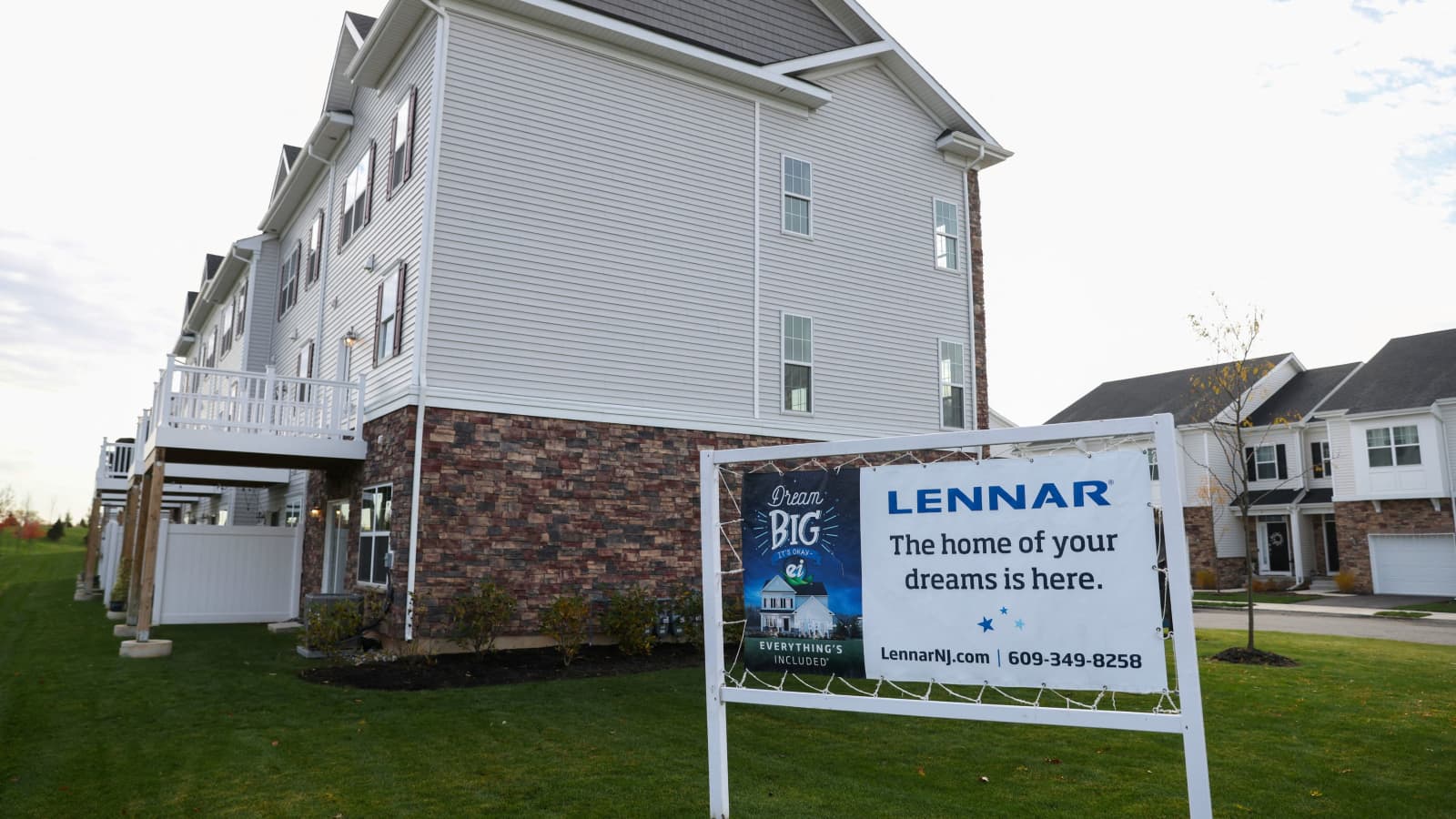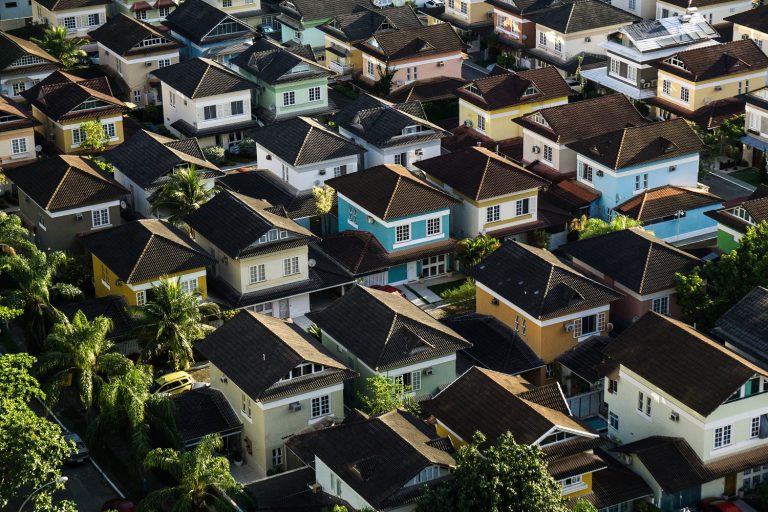The number of applications for 30-year mortgages fell 1% seasonally-adjusted in a week as the rates hit their highest level in years earlier in the week. Mortgage Bankers Association data paints an ominous picture of the housing market, which is increasingly being hampered due to a rise in interest rates that seems unstoppable.
Take a Look at the Figures
Rates for 30-year conventional mortgages on loan amounts of up to $726.200 have increased from 7.70% a few weeks ago. It is the highest mortgage rate in 23 years.
The 30-year fixed rate on the jumbo loans (more than $726.200) also increased, from 7.56% up to 7.78%. All segments of the market are affected by rate hikes. FHA-backed mortgages fared better than most other loan types, as the 30-year fixed rates increased to 7.52% at the end of last weekend, from 7.36% in the week before. Meanwhile, 15-year mortgages rose from 6.98% to 7.08%.
The mortgage rates rose for the seventh consecutive week, following in step with rising 10-year Treasury bond yields. Last Wednesday’s yields of bonds ten years old increased by more than 10 basis point to reach 4.95%.
Mortgage rates are on the rise and this is beginning to impact demand. First-time homebuyers and those who are refinancing their existing mortgages do not want to be tied to high interest rates. Kan says: “Mortgage applications have dropped to their lowest weekly rate since 1995. The higher rates of mortgages are keeping potential homebuyers away from the market, and continuing to suppress refinance activities.
The 30-year fixed-rate mortgage application rate has reached a new low of 30 years. The number of refinance requests increased by 2% over the past week, but declined by 8% over the last year.
The demand for adjustable-rate mortgages (ARM) has increased in response to the decrease in fixed-rate mortgage demand. The rate can be set for 10 years and then reset.
At the end of the last week, 9.5% of the mortgage applications were ARMs. This is the highest share since November 2022. Current rate of a 5/1 variable rate mortgage has increased from 6.52% to 6.99%.
What about the Fed, and interest rates?
Most economists and the CME FedWatch Tool do not expect the Federal Reserve to increase the federal funds rates. The ‘higher-for-longer’ strategy is expected to continue, causing mortgage rates to rise.
It is very likely that rates on 30-year mortgages will increase until the Fed achieves its inflation goal of 2% or changes it.




















+ There are no comments
Add yours